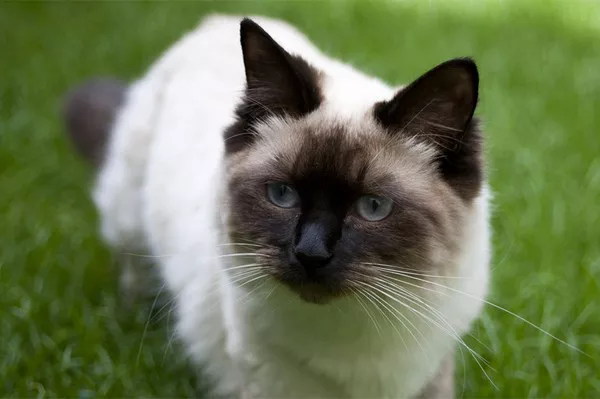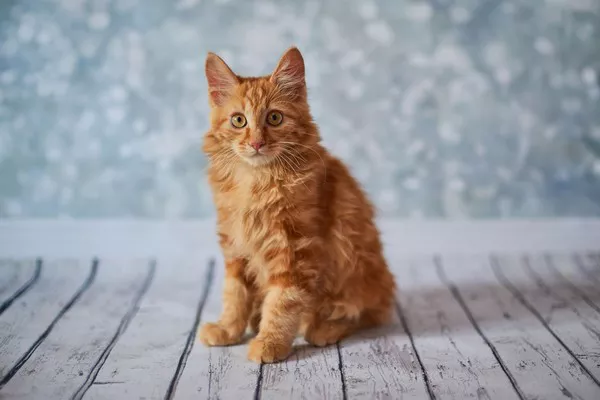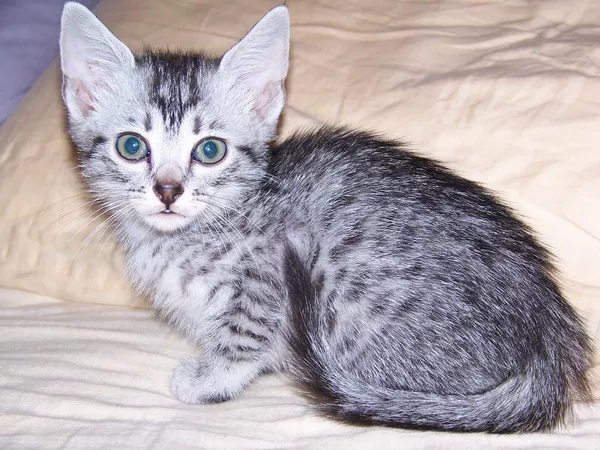As a responsible cat owner, ensuring the health and well-being of your feline companion is of utmost importance. Monitoring your cat’s overall health includes paying attention to every aspect of their body, including their rear quarters. The condition of your cat’s rear end can provide valuable insights into their overall health. In this article, we will explore how to tell if your cat’s rear quarters are healthy, covering various aspects such as fur condition, cleanliness, behavior, and signs of discomfort.
1. Fur Condition and Appearance
Glossy and Well-Groomed Fur: A cat’s fur can indicate their overall health. Cats with healthy rear quarters will have glossy and well-groomed fur. The fur should appear smooth and free from mats or tangles, which can be a sign of inadequate grooming or discomfort.
No Signs of Irritation: Inspect your cat’s fur for any signs of redness, inflammation, or bald patches in the rear quarters. These could indicate potential skin issues or allergies that may require veterinary attention.
2. Cleanliness and Hygiene
Clean and Odor-Free: Healthy rear quarters should be clean and free from any foul odors. Cats are generally fastidious groomers and will clean themselves regularly. If you notice a persistent unpleasant smell or excessive dirt, it may be a sign of a hygiene issue or potential health problem.
Monitor Litter Box Behavior: Regular litter box usage is another indicator of your cat’s rear quarter health. Cats with healthy rear quarters will exhibit consistent litter box behavior, with normal urine and stool output. Any changes in litter box habits could point to an underlying health issue.
3. Behavior and Comfort
Normal Mobility: Observe your cat’s mobility and activity levels. Healthy rear quarters allow cats to move comfortably without limping or showing signs of discomfort. Any changes in movement or reluctance to jump could suggest joint pain or other health concerns.
Tail Position: Pay attention to your cat’s tail position. A tail held upright or in a relaxed position is a sign of comfort and confidence. A drooping or tucked tail could indicate anxiety or discomfort.
4. Signs of Discomfort or Abnormalities
Scooting Behavior: If your cat is dragging their rear end along the ground (scooting), it may be a sign of discomfort or anal gland issues. Scooting could be caused by blocked anal glands or irritation in the area.
Licking or Chewing: Excessive licking or chewing of the rear quarters can indicate skin irritation, allergies, or even the presence of parasites. If you notice your cat focusing on this area excessively, consult your veterinarian.
Swelling or Lumps: Check for any signs of swelling, lumps, or bumps in the rear quarters. These could indicate underlying health problems, including abscesses, tumors, or infections.
5. Regular Veterinary Check-Ups
Importance of Veterinary Visits: Regular visits to the veterinarian are crucial for maintaining your cat’s health, including their rear quarters. A veterinarian can perform thorough examinations, address any concerns, and provide guidance on maintaining your cat’s well-being.
Grooming Assistance: If your cat has difficulty grooming their rear quarters due to obesity, arthritis, or other issues, your veterinarian or a professional groomer can provide assistance to ensure cleanliness and comfort.
Conclusion
In conclusion, your cat’s rear quarters play a significant role in their overall health and well-being. Monitoring factors such as fur condition, cleanliness, behavior, and signs of discomfort can help you assess their health status. Remember that each cat is unique, and it’s essential to establish a baseline understanding of what is normal for your individual cat. If you notice any changes or abnormalities in your cat’s rear quarters, don’t hesitate to consult your veterinarian for professional guidance. By maintaining a vigilant approach to your cat’s health, you can ensure that they lead a comfortable and happy life.



























